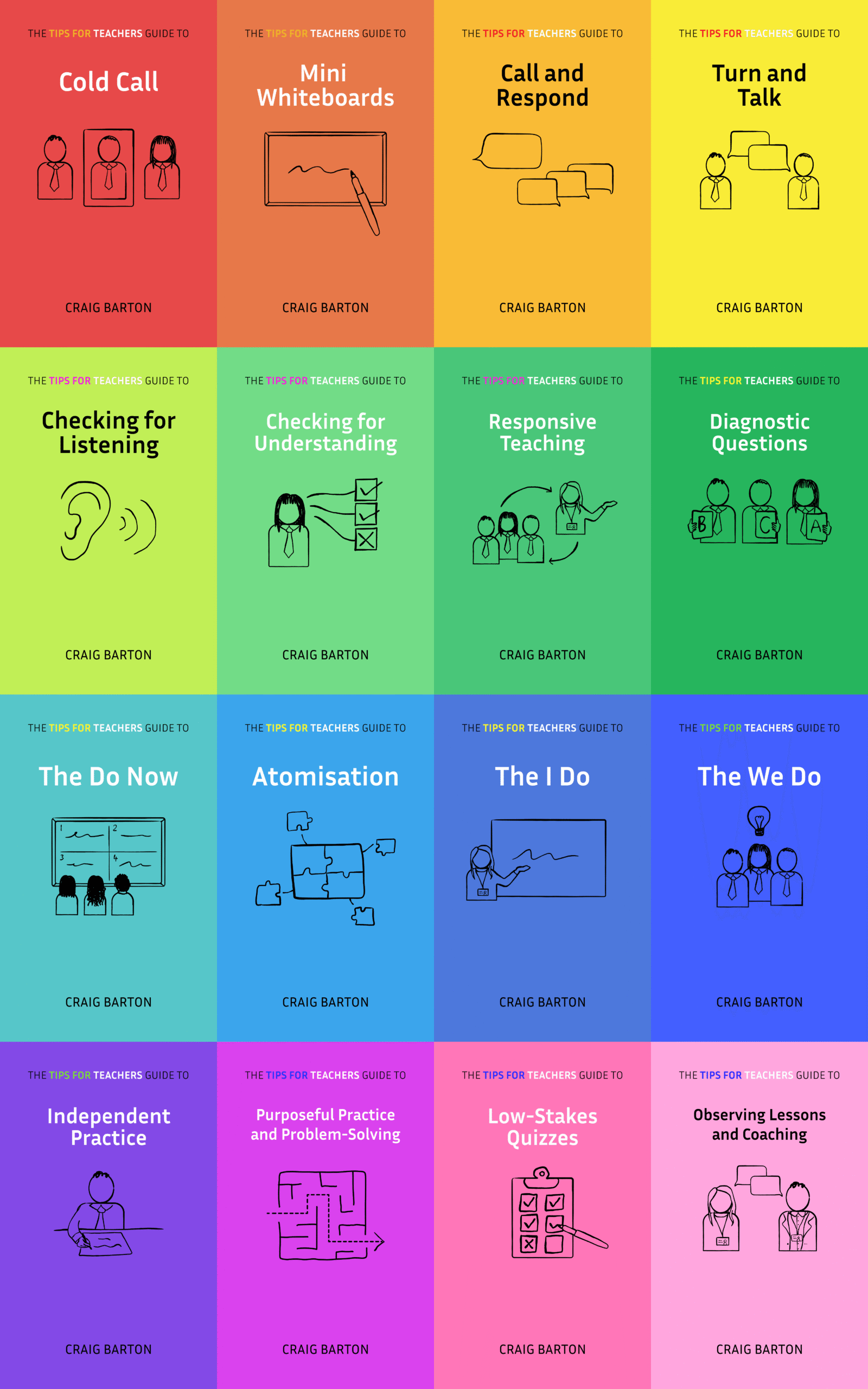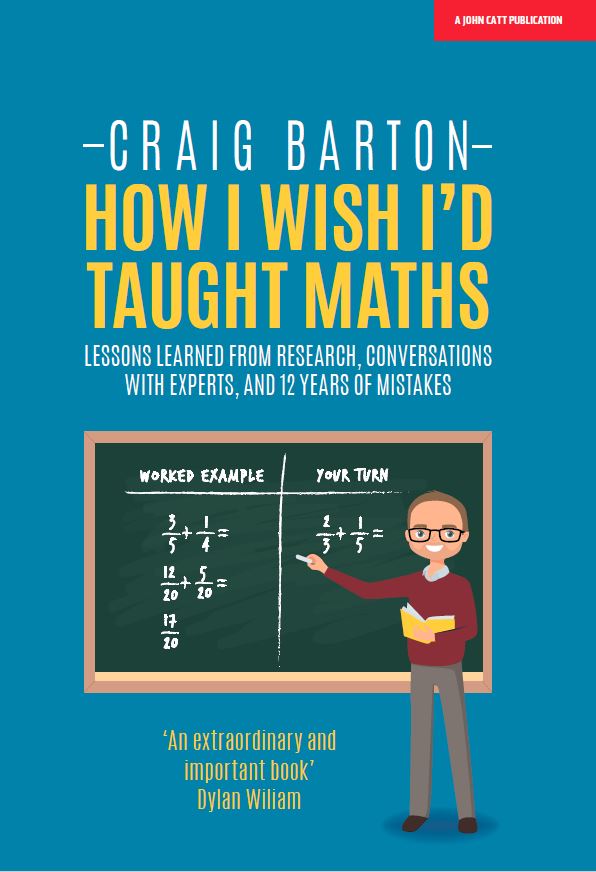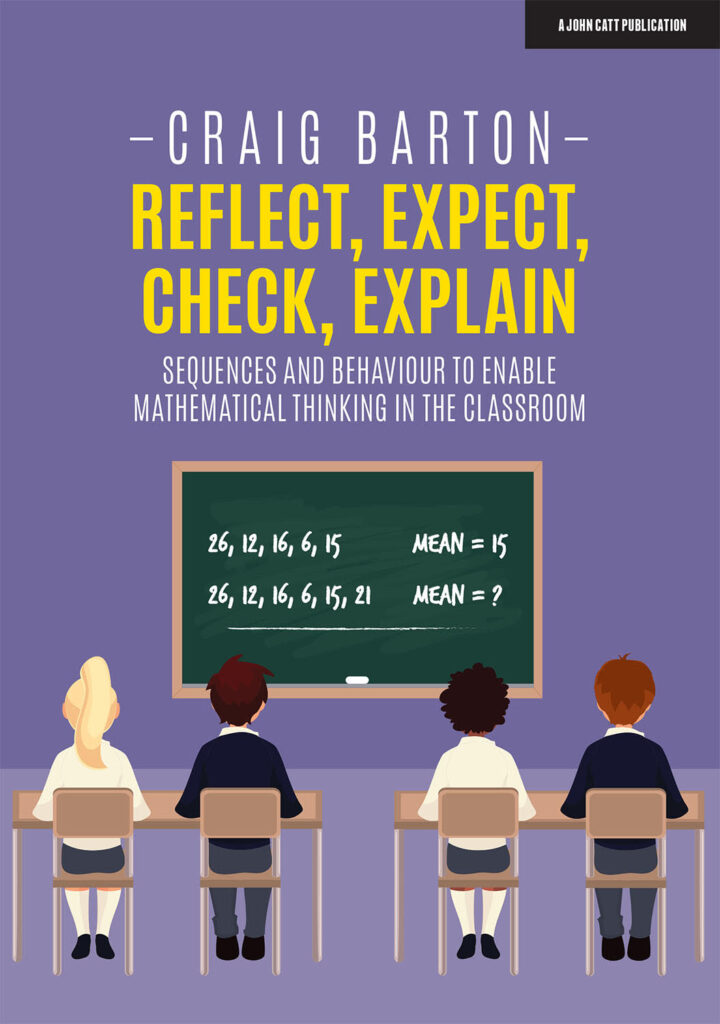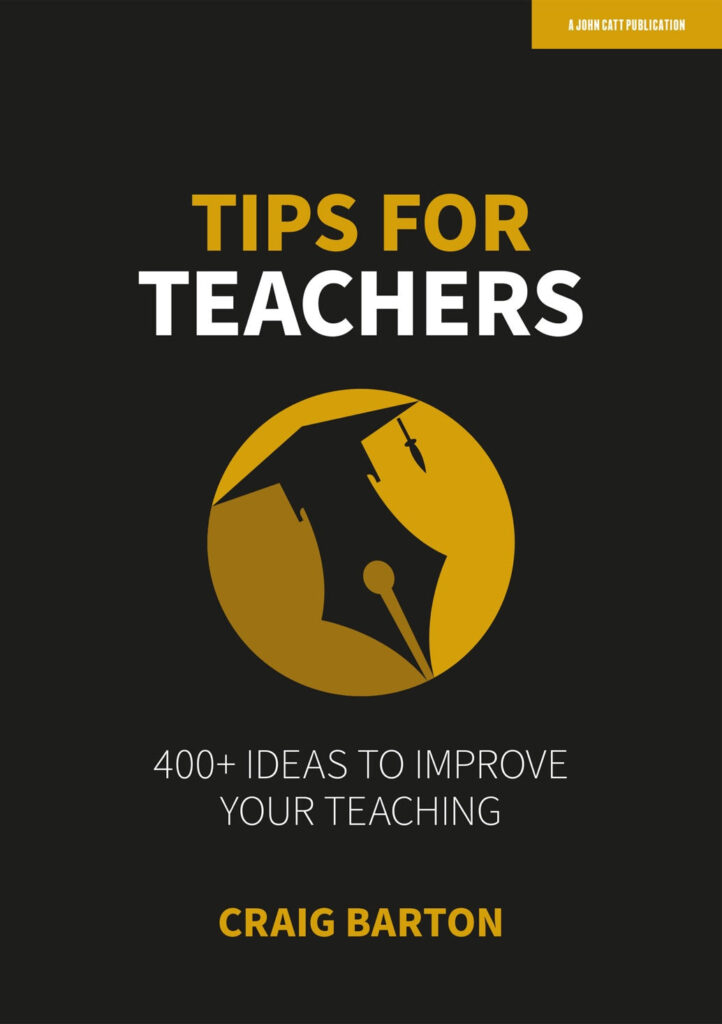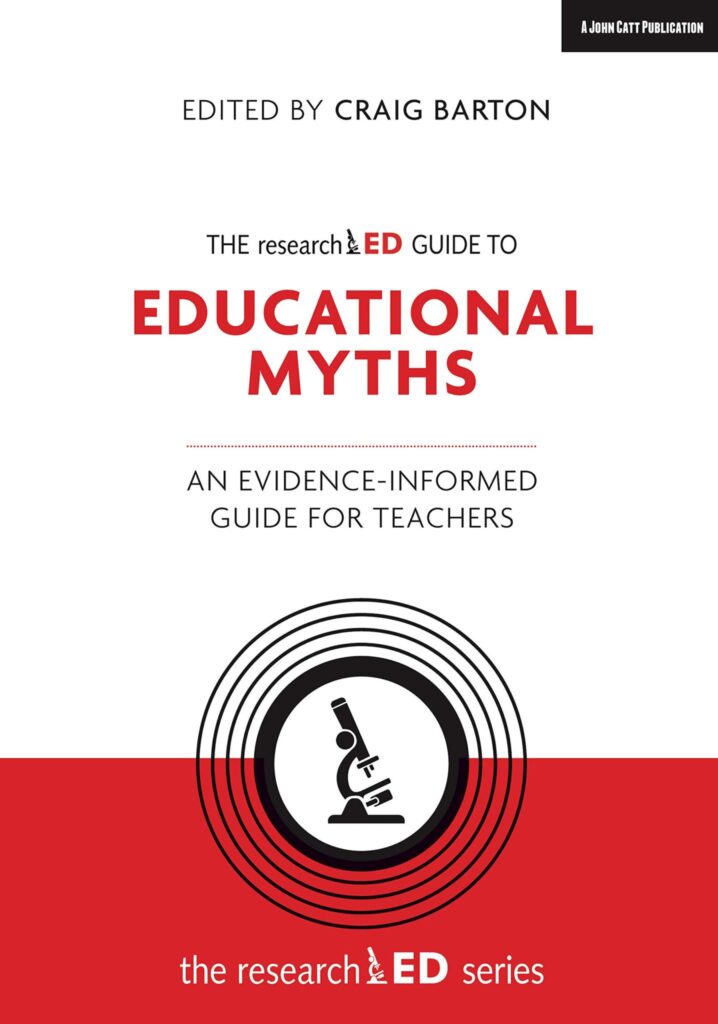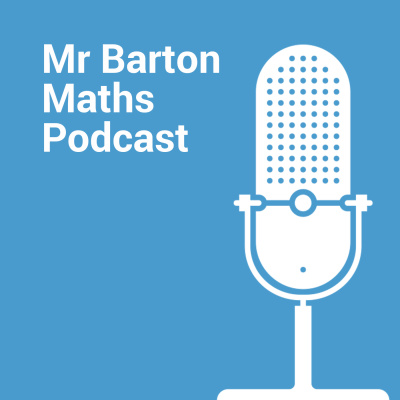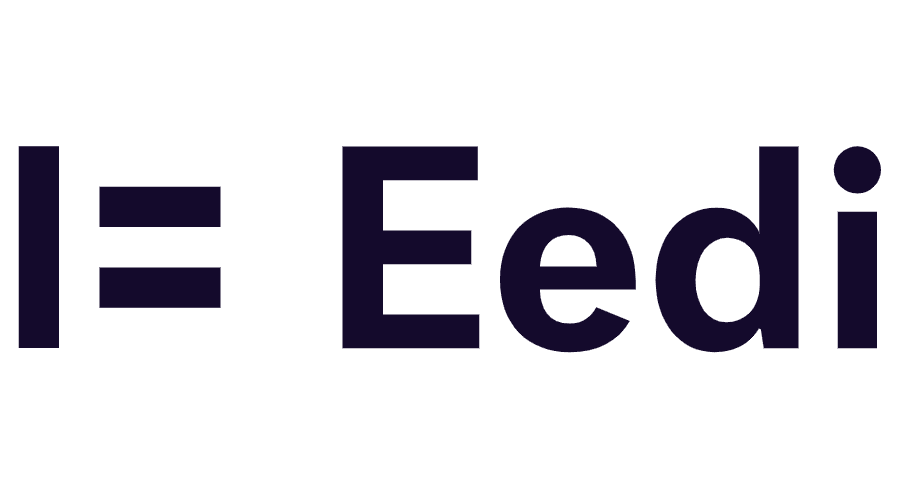
- Title: Scaling Learning Interventions: A Case Study in Interleaved Math Practice
- Authors: Matlen et al
- Access the original paper here
- Listen to a deep-dive podcast:
Paper summary
This paper, “Scaling Learning Interventions: A Case Study in Interleaved Math Practice,” from Bryan J. Matlen et al., explores the challenges and efficacy of scaling interleaved practice—a learning principle involving mixing different problem types—in a large-scale, national U.S. sample of middle schools. The authors note that despite strong evidence for its effectiveness, interleaved practice is rarely incorporated into math curricula, highlighting a disconnect between learning research and educational application. The study describes an ongoing cluster randomized trial designed to test the impact of interleaved versus blocked practice on student math achievement, acknowledging the complexities of translating research findings into real-world classroom settings. Preliminary results, while not statistically significant due to early data collection, show trends supporting interleaved practice, with the authors emphasizing the need for more translational theories and frameworks to bridge the gap between learning science and classroom implementation.
If teachers remember one thing from this study, it should be…
Interleaved practice shows promise for improving math learning over traditional blocked practice. While scaling and implementing it in classrooms can be challenging, developing and refining an implementation model with teacher feedback can make it a feasible and effective strategy.
***Paper Deep Dive***
Define any technical terms used in the paper
A working implementation model is a process used to translate learning principles into concrete, feasible classroom materials that can be tested and revised.
Interleaved practice involves mixing problems that can be solved using different solutions to support discrimination learning and spacing problems with the same solution over time for long-term memory retention.
Blocked practice is the common approach where problems using the same solution are grouped together, which currently predominates math curricula.
Principles of learning are empirically supported teaching and learning strategies shown to enhance learning.
What are the characteristics of the participants in the study?
The study participants included sixth-grade students (450 initially, 239 analyzed) from 22 classes across 10 schools in 5 U.S. districts, taught by 15 sixth-grade teachers. Students were randomized into either interleaved or blocked practice conditions.
What does this paper add to the current field of research?
This paper uniquely contributes by conducting a large-scale, nationally representative trial of interleaved math practice. It introduces a working implementation model to overcome challenges in scaling learning principles into feasible, year-long classroom materials. This approach aims to test the generalizability of learning theory in real-world educational contexts.
What are the key implications for teachers in the classroom?
For teachers in the classroom, the study highlights several key implications regarding interleaved practice:
Ultimately, teachers require “more translational theories and examples of successful translations” to effectively apply learning research in their classrooms.
Implementing interleaved practice is not straightforward. Despite strong evidence that it can improve math learning, blocked practice predominates existing math curricula, meaning teachers often lack readily available interleaved materials.
Teachers face a “flood of contextual challenges” when attempting to modify assignments for interleaving. These include deciding the appropriate level for interleaving, which problem types are suitable, how much interleaving is needed, where in the curriculum to incorporate it, and how to manage it with varying student abilities.
Communicating learning principles like interleaving to teachers is necessary but “not sufficient” for them to utilize the research in practice. Even researchers find it challenging to formally operationalize these principles.
Therefore, there is a critical need for feasible, concrete classroom materials and practical implementation models that reduce the burden on teachers and fit within class constraints (e.g., 30-40 minutes per activity). Developing these materials requires soliciting and incorporating feedback from educators to ensure they are workable in real classroom settings.
Why might teachers exercise caution before applying these findings in their classroom?
Teachers might exercise caution because the study’s results are preliminary and the observed differences were not statistically significant at this early stage, indicating a lack of power to detect small effects. Furthermore, implementing interleaved practice is challenging, as existing math curricula primarily use blocked practice, and teachers face a “flood of contextual challenges” in adapting materials and integrating it effectively into their classrooms.
What is a single quote that summarises the key findings from the paper?
“Initial findings from our first cohort indicated that students who received interleaved practice scored, on average, higher than students who received blocked practice on both a) a researcher developed assessment, and b) externally developed assessments on ratios and proportions and number systems, but none of these differences were statistically significant”.
